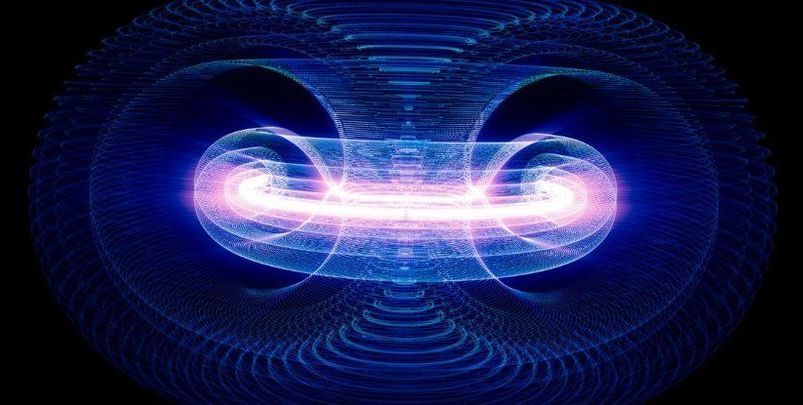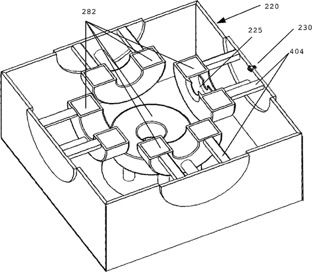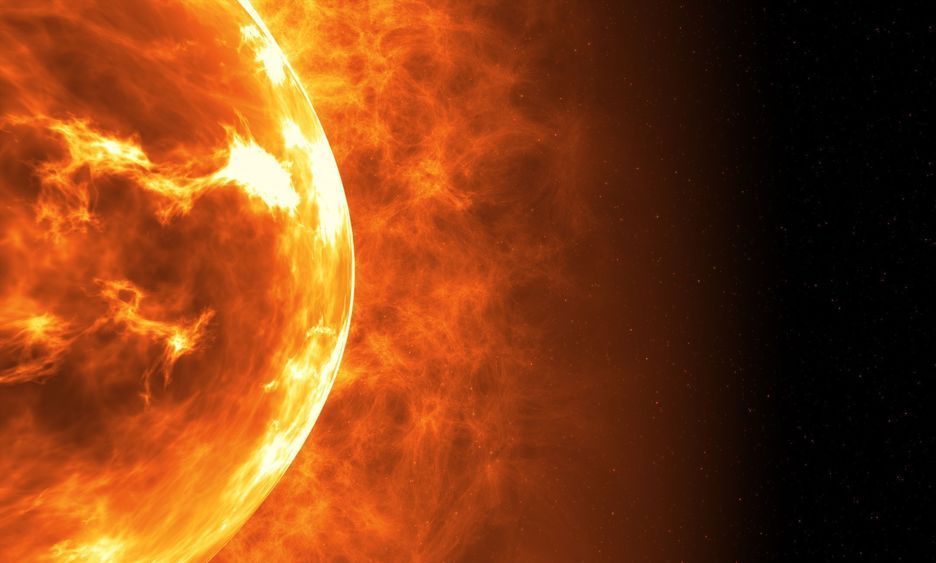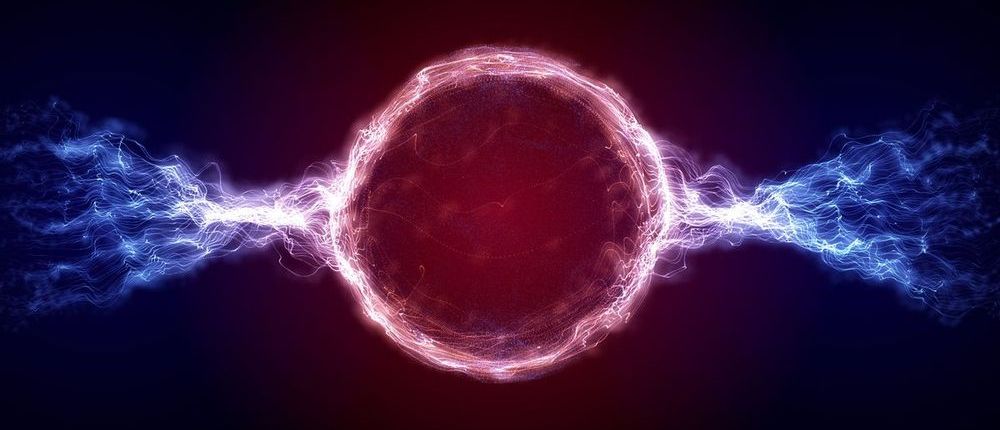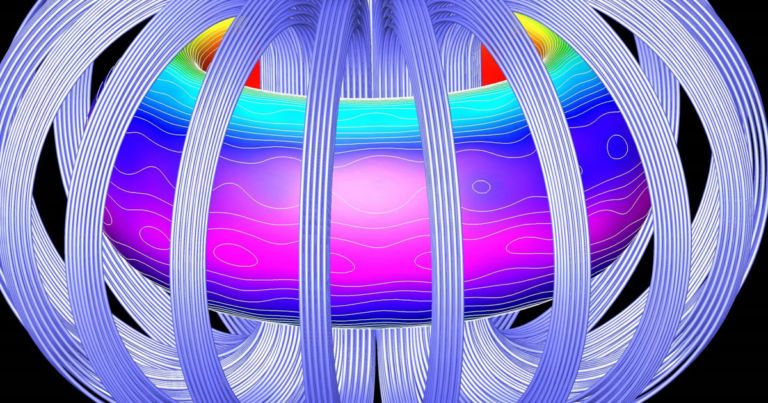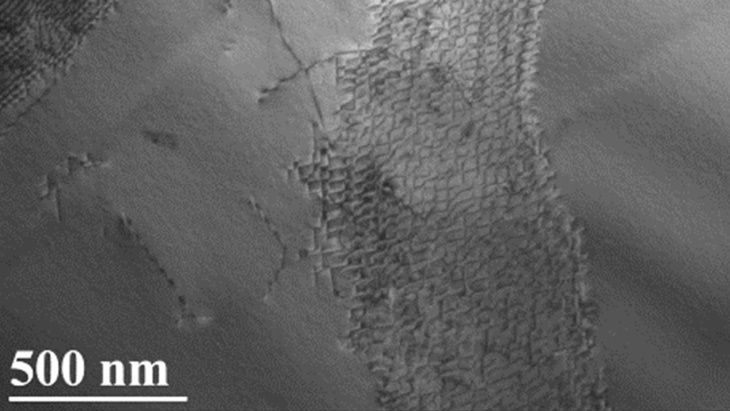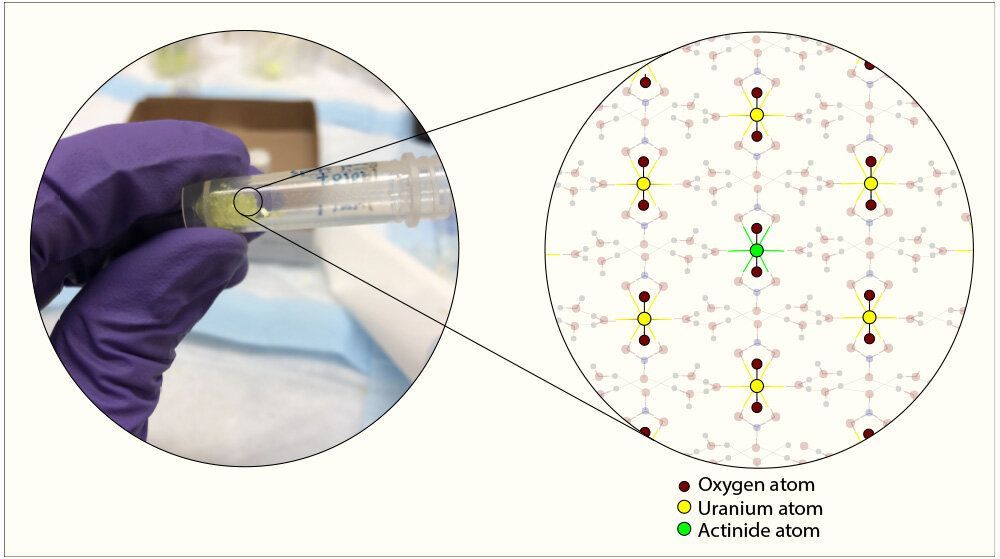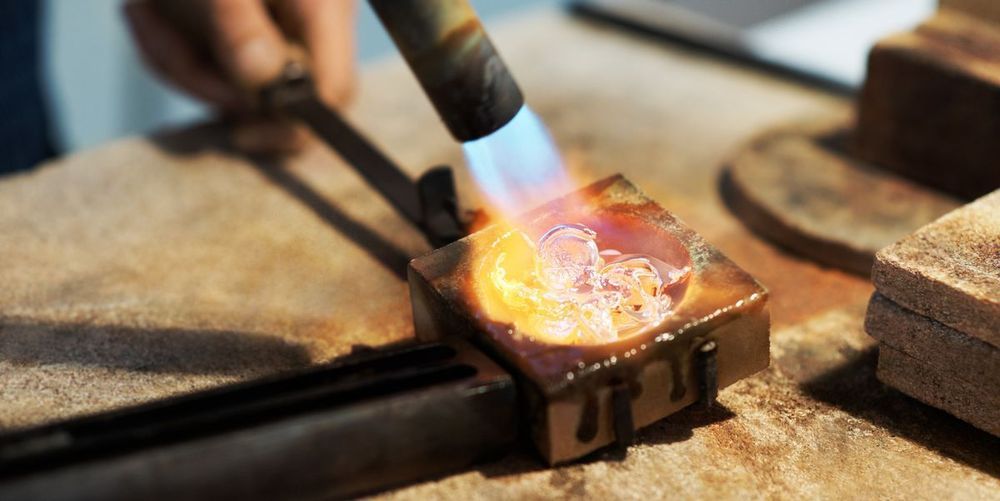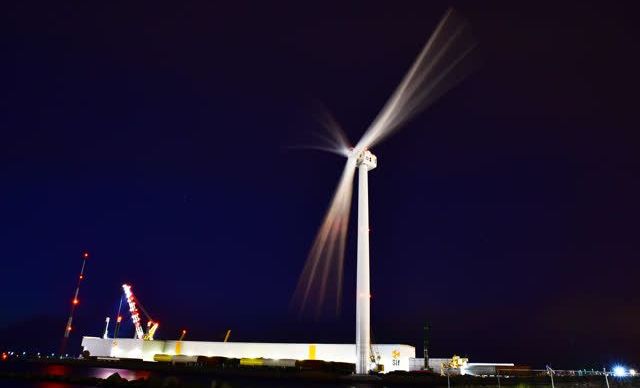A team of research physicists at Princeton University may have found a new way to control fusion reactions inside doughnut-shaped tokamak reactors — an incremental step towards making fusion energy, the ‘holy grail of energy production’, a reality.
Many fusion reactors today use light elements in the form of plasma as fuel. The problem is that this elemental plasma is extremely hot — practically as hot as the Sun — and extremely unpredictable and difficult to control.
But there may be a way to force the plasma into doing what we want more predictably and efficiently, as detailed in a new theoretical paper published in the journal Physics of Plasmas.
